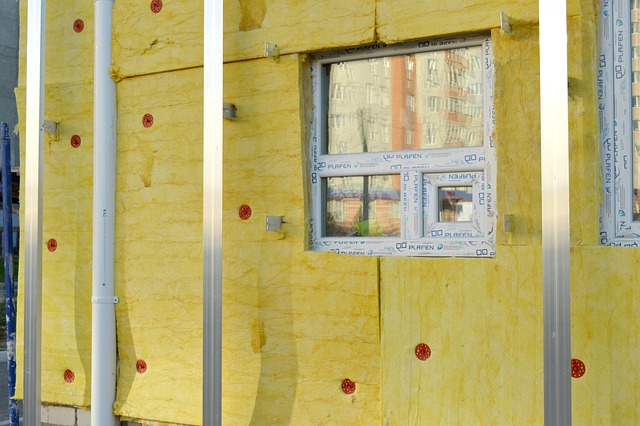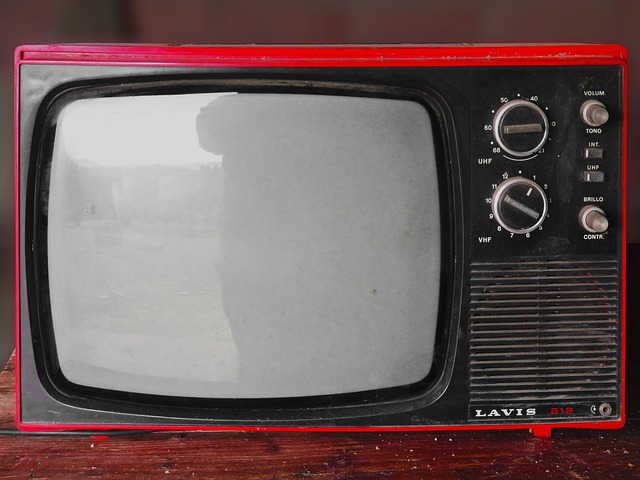In the ever-evolving world of audio technology, the concept of dithering emerges as a crucial player, particularly within the landscape of modern display technologies. As we immerse ourselves in high-definition television and state-of-the-art monitors, the quality of the audio experience often goes hand-in-hand with the visual stimuli we consume. But what exactly is dithering, and how does it enhance our audio experiences amidst the backdrop of stunning visuals from our favorite displays?
Dithering can be described as a technique used in digital signal processing that adds a small amount of noise to an audio signal. This noise creates a more natural sound, particularly when converting audio to lower bit depths. You might be wondering how this relates to visual experiences on your cutting-edge TV or monitor. The answer lies in how technology strives to deliver perfect fidelity in both sound and imagery.
As we watch our favorite films or play video games on high-resolution displays, the synchronization of audio and visuals is paramount. A great visual representation on-screen can feel underwhelming if the sound quality doesn’t match. This is where dithering plays a key role by ensuring that the audio tracks accompanying visual masterpieces come alive without artifacts, resembling a well-balanced acoustic counterpart to vibrant visuals.
Take high-definition televisions, for instance, which boast incredible colors and contrast ratios. These advanced displays utilize a variety of technologies to elevate your viewing experience, but without proper audio processing, the sheer power of such visuals can be somewhat lost. Dithering helps bridge that gap; it’s the unsung hero that ensures a smoother audio profile, creating depth and richness that resonates well with the stunning clarity of what you see. Imagine watching a gripping thriller where the sound effects and the score seem to envelop you completely—this is facilitated by the thoughtful application of dithering.
Modern display technology demands excellence, and that extends into how we process and deliver sound. The latest monitors and TVs come packed with features—but what good is a 4K or 8K display if the audio lacks the fidelity to match? From sound systems integrated into modern TVs to surround sound setups that rely on high-quality audio signals, each strand of our media experience is intertwined. Dithering puts more power into this relationship, offering improved suppression of distortion and noise that can detract from an otherwise captivating show. Dithered audio aligns seamlessly with visual cues, allowing viewers to connect with narratives in a more profound manner.
Moreover, in a world geared towards immersive experiences, the necessity for precision in audio technology becomes clearer. Whether it’s watching a heart-pounding action sequence or listening to an original soundtrack, the role of dithering can no longer be understated. It ensures the subtle nuances of sound are present, facilitating an overall visualization that enhances engagement. The dialogue becomes clearer, the sound effects more prominent, and the score emerges as its own character within the story you are experiencing.
As we continue to embrace technological innovations in our digital lives, understanding the integral components that contribute to our audio systems can empower us as consumers. Dithering isn’t just a technical term; it’s a vital aspect of audio technology that enriches the overall experience, connecting what we hear with what we see. As you enjoy your modern display technologies, remember that every subtle sound you experience is crafted with care, thanks to the meticulous application of techniques like dithering.
In this captivating synergy between audio and visual technology, dithering emerges as a powerful patron, ensuring that every viewing moment resonates on a whole new level—transforming how we perceive entertainment in the digital age.


